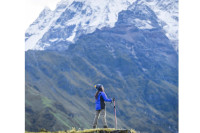Travel
Khokana: A serene time capsule away from Kathmandu bustle
The stone-paved roads, wooden temples, community ponds and renowned mustardmills of Khokana all serve as reminders of a different time and age.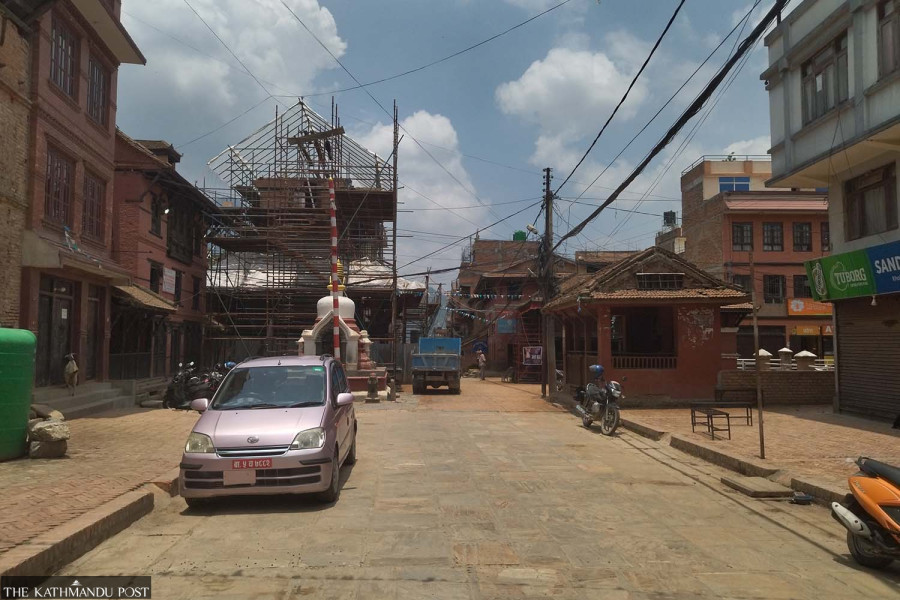
Kshitiz Pratap Shah
The noise of ever-growing traffic, the breaking and mending of black-topped roads, and an ever-expanding concrete jungle are some features that one would associate with the Kathmandu Valley.
It is a wildly growing urban forest quickly transforming into a busy metropolis where every inch of space is ready to be sold and built.
Yet, pockets of the past remain—small, peaceful neighbourhoods where houses are still made of wood, paths are made of stone tiles, and the stillness of a world that wants to stay intact and immobile.
These places are known for tourism, culture, and the restoration of community pride. One such stop is the quiet village of Khokana in southern Lalitpur.
Khokana is comparatively close to the mainland urban Lalitpur; from the ring road junction of Bagdole, it takes only a 10-minute drive to reach there. From the airport, you can take a cab directly to Khokana, which will take around half an hour.
Get your cameras and hiking boots ready; the area is filled with historical artefacts and hiking trails.
However, it is vastly different from the city. It is much nearer to the hills, where stone-paved paths, which could easily be goat trails, are rare in today’s Kathmandu.
One such goat trail leads to Sikali temple, a major attraction of the area and accessible only on foot. The pavements are lined with big and small temples on each side, along with ponds that serve as clean water sources and a location for religious rituals.
The houses are made of bricks and wood. The concrete invasion, although present, is minimal. Scattered every few hundred metres are small mustard oil mills, co-operative businesses of the locals of Khokana that have existed since medieval times.
A site well-recognised for its historical significance, Khokana was even proposed to be made a UNESCO World Heritage Site in 1996.
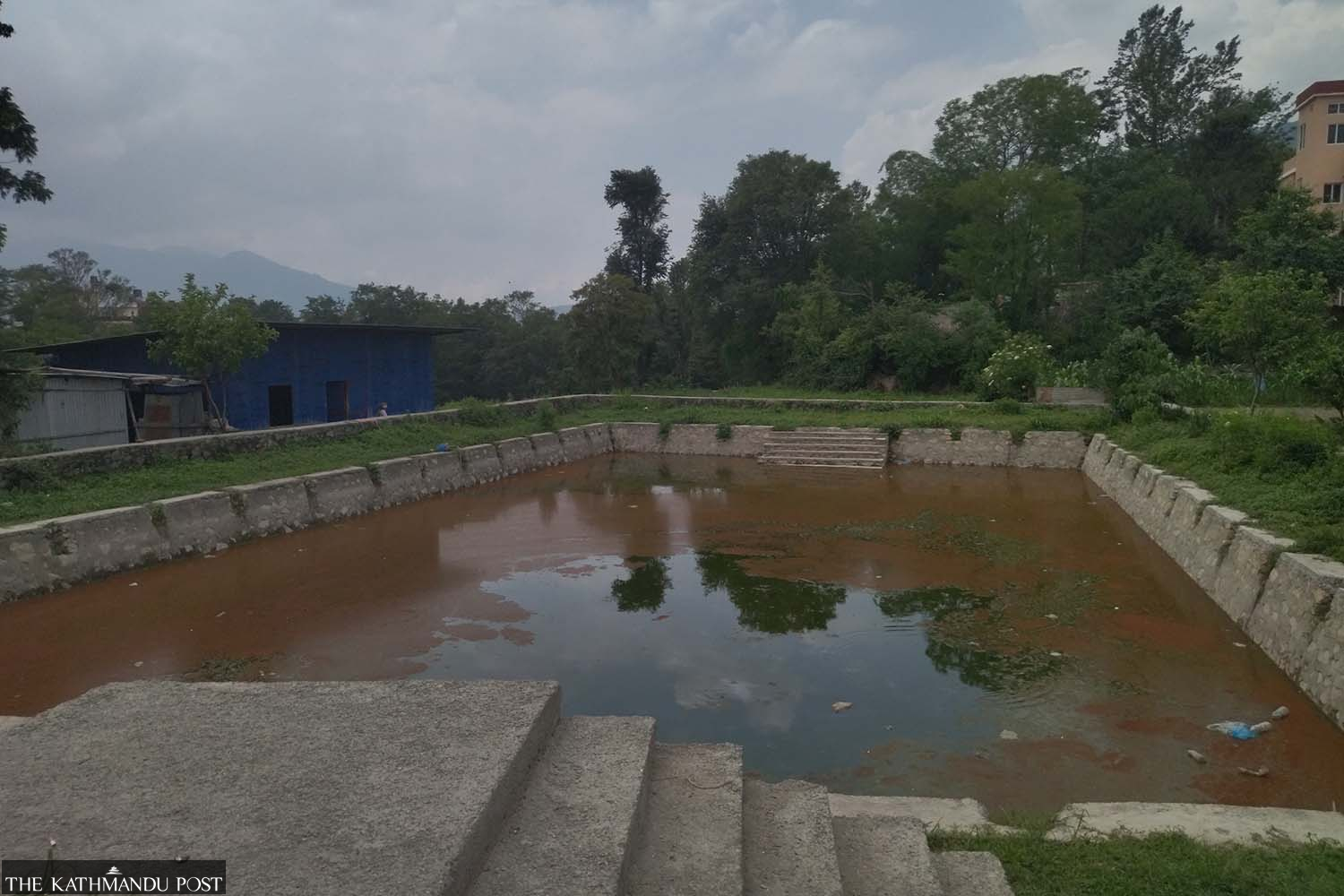
Sikali Temple
Around an hour’s walk from the historic town, Sikali Temple can be reached, which is also the location for its famed Sikali Jatra.
While it can be reached through any public vehicle, a more holistic and adventurous route is to follow the goat trails on the outskirts of Khokana. This route, albeit long, allows for great hiking opportunities, scenic views of the hills surrounding the Kathmandu Valley, and a close-up view of the mediaeval but well-maintained architecture of the local houses.
Even if you lose the way, which is very possible, the locals are very welcoming and more than willing to guide you. The main temple itself is three stories tall, and built in the Pagoda style, a common style in many temples in the valley.
It is surrounded by a lush grass field which plays the stage to the Sikali Jatra held every year. The temple, like many religious spots around Khokana, is dedicated to the local deity Shree Rudrayani.
The Sikali Jatra, a five-day festival that serves as an alternative to Dashain for the Khokana locals, is filled with chariot dances, battle enactments, and storytelling celebrations in the worship of Goddess Rudrayani.
Starting from Ghatasthapana in mid to late September, the Jatra is vibrant and an essential experience for every visitor.
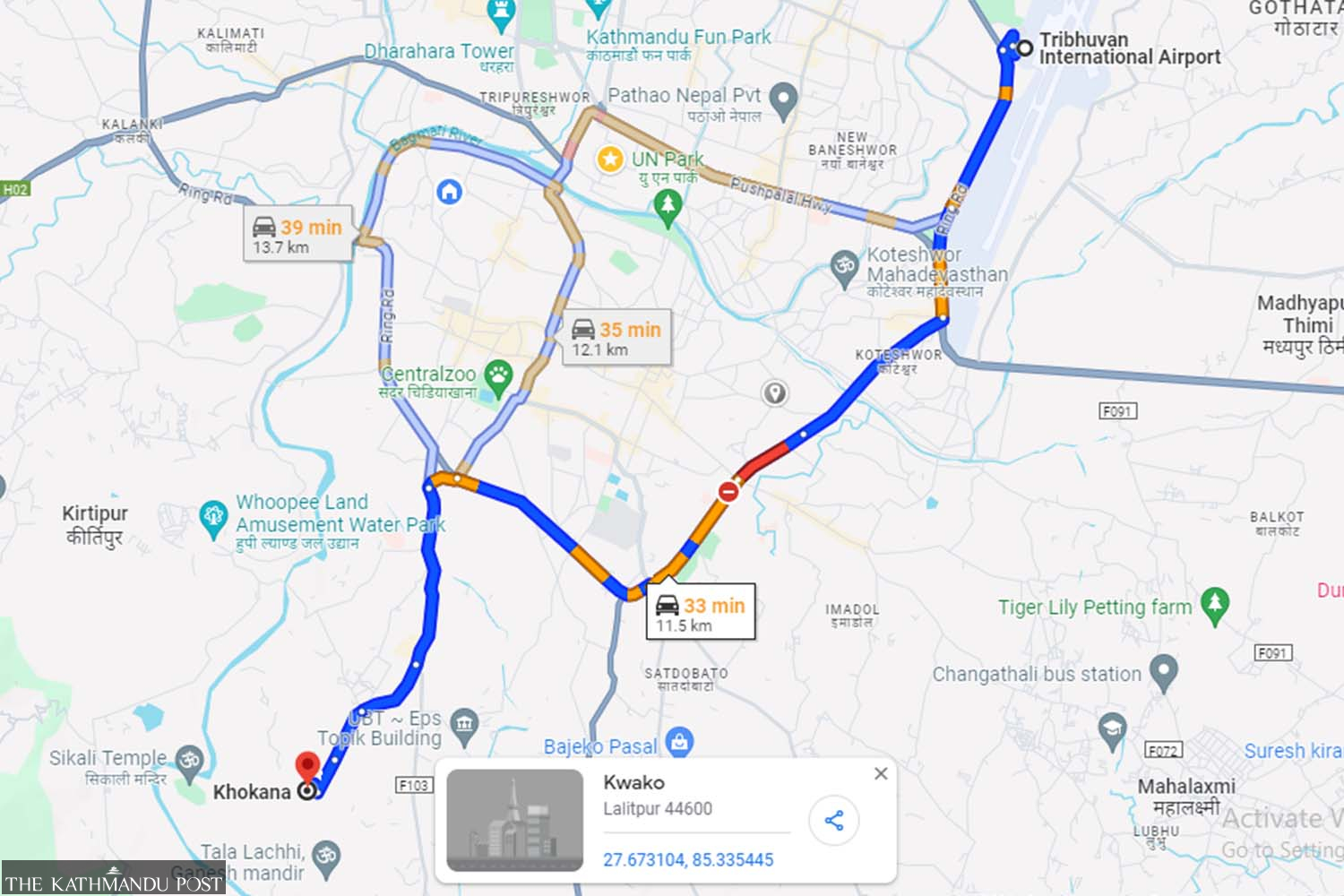
Historical Khokana town
Khokana’s historical town is located around 5 minutes walking distance from the local bus park. The town complex, paved with hand-made stone tiles, is graced with the Indrayanee temple but also has many red-bricked houses built in the local Newari architecture, some of them centuries old.
One such house is the ‘Khokana Museum’. Although closed, it is widely popular for being the first house to be lit with electricity in Nepal, as Chandra Shamsher did in 1911.
The stand-holder of the first light bulb can still be seen, serving as a historical monument for everyone to see.
Similarly, the town complex is also filled with Guthi houses, small ponds, and even the local Ward office. While the Ward office provides a wealth of information for visitors interested in the area’s history, the Guthi halls symbolise the strong community support culture of the locals.
The ponds, a notable one present right opposite the Indrayanee temple, have stone taps and remind us of primitive ways of obtaining clean water—a practice many locals are still engaged in.
Yet, these ponds are also religious locations, especially used in rituals in the Sikali Jatra.
Finally, a stroll through the complex allows visitors to explore old houses and historical artefacts in the serene quietness of Khokana, while the small outlets and Choila places nearby allow you to enjoy the spicy duck or chicken delicacies at the same time.
Overall, the historical complex is enough to transport visitors back to a glimpse of the medieval past of the Kathmandu Valley.
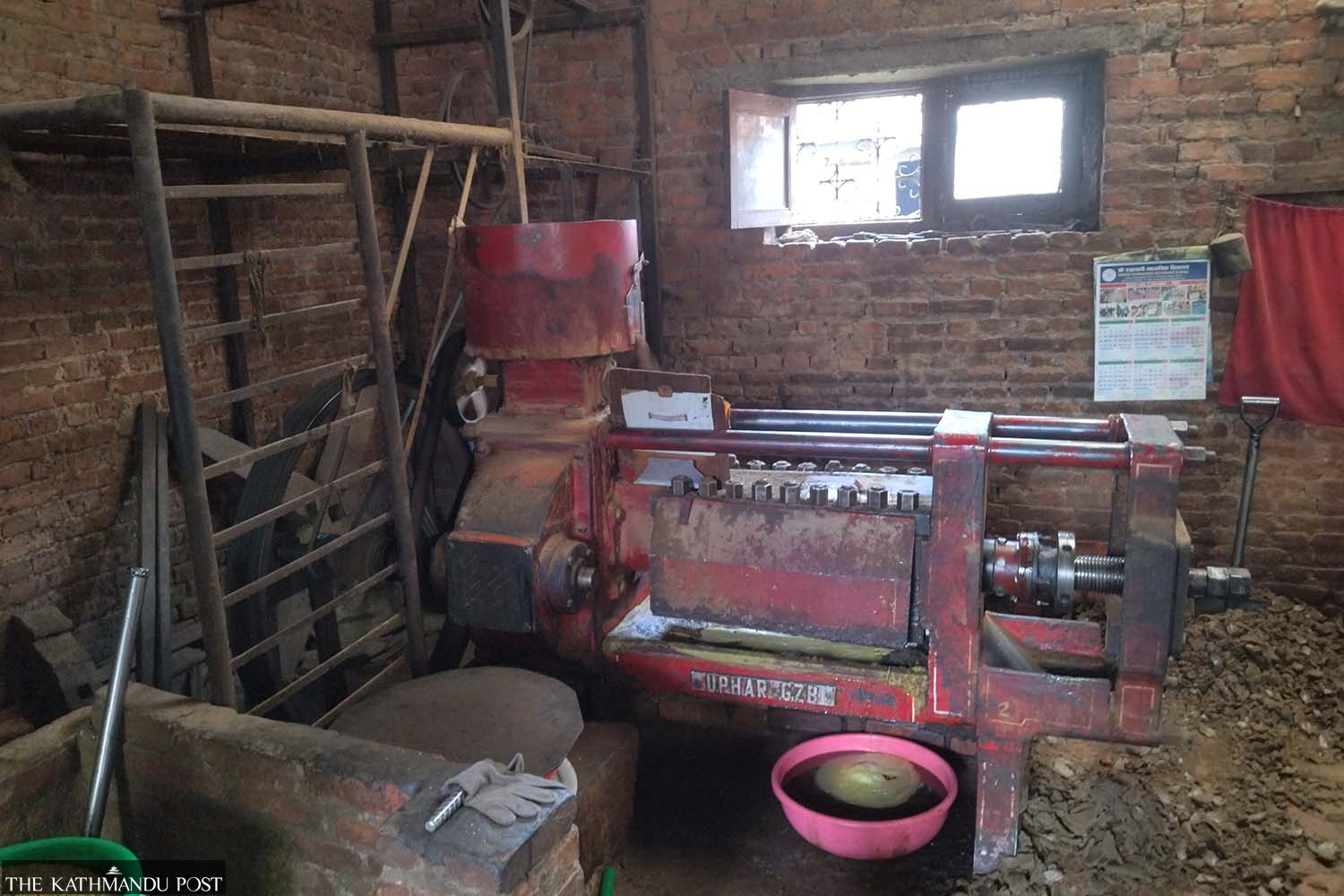
Mustard oil mills
The most well-known feature of Khokana is its mustard oil mills, which have been operational for hundreds of years and have been using the same methods of preparation since their inception.
These mills, scattered throughout Khokana, are often community-owned, and even the ones owned by certain individuals have almost exclusively employed locals.
Despite the advent of modern machinery, there is still substantial demand for their products due to the assured guarantee.
When I visited one such mill, the local staff informed me that the furnace and oil presser used by them were 300 years old, given by the Patan royalty even before the Shahs became king.
In addition to buying pure, organically created mustard oil and pellets, visiting these oil mills offers many educational benefits for international and local tourists alike.
Khokana offers visitors a unique glimpse into a preserved bubble of the past through its tranquillity, preservation of ancient lifestyle and cultural elements, and remarkable self-sustenance.




 18.35°C Kathmandu
18.35°C Kathmandu


